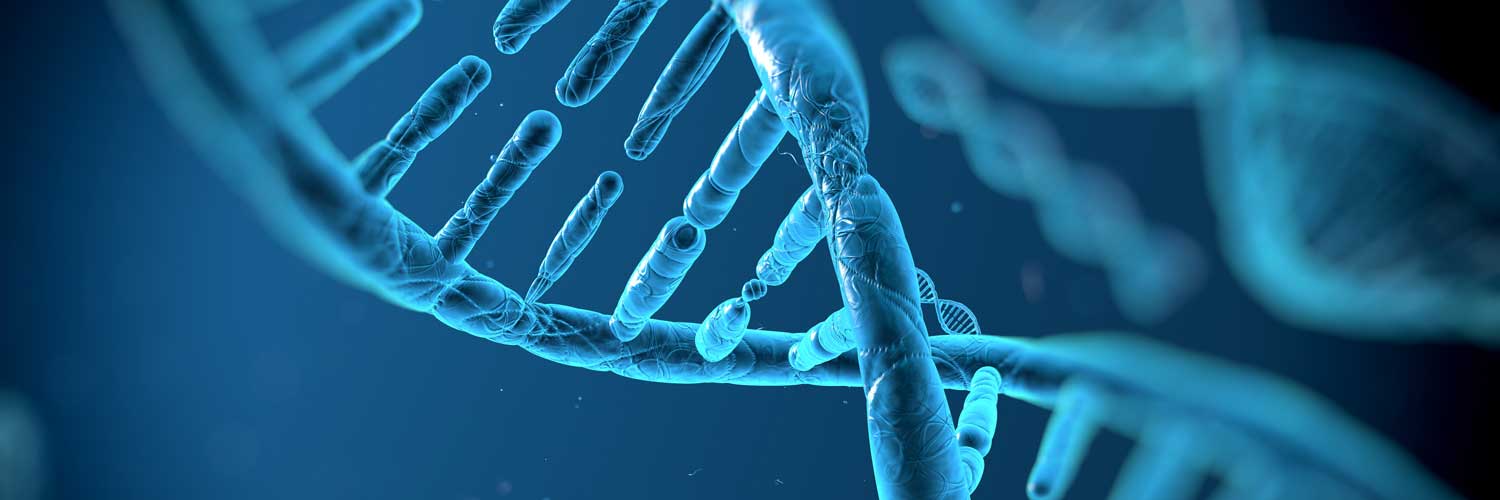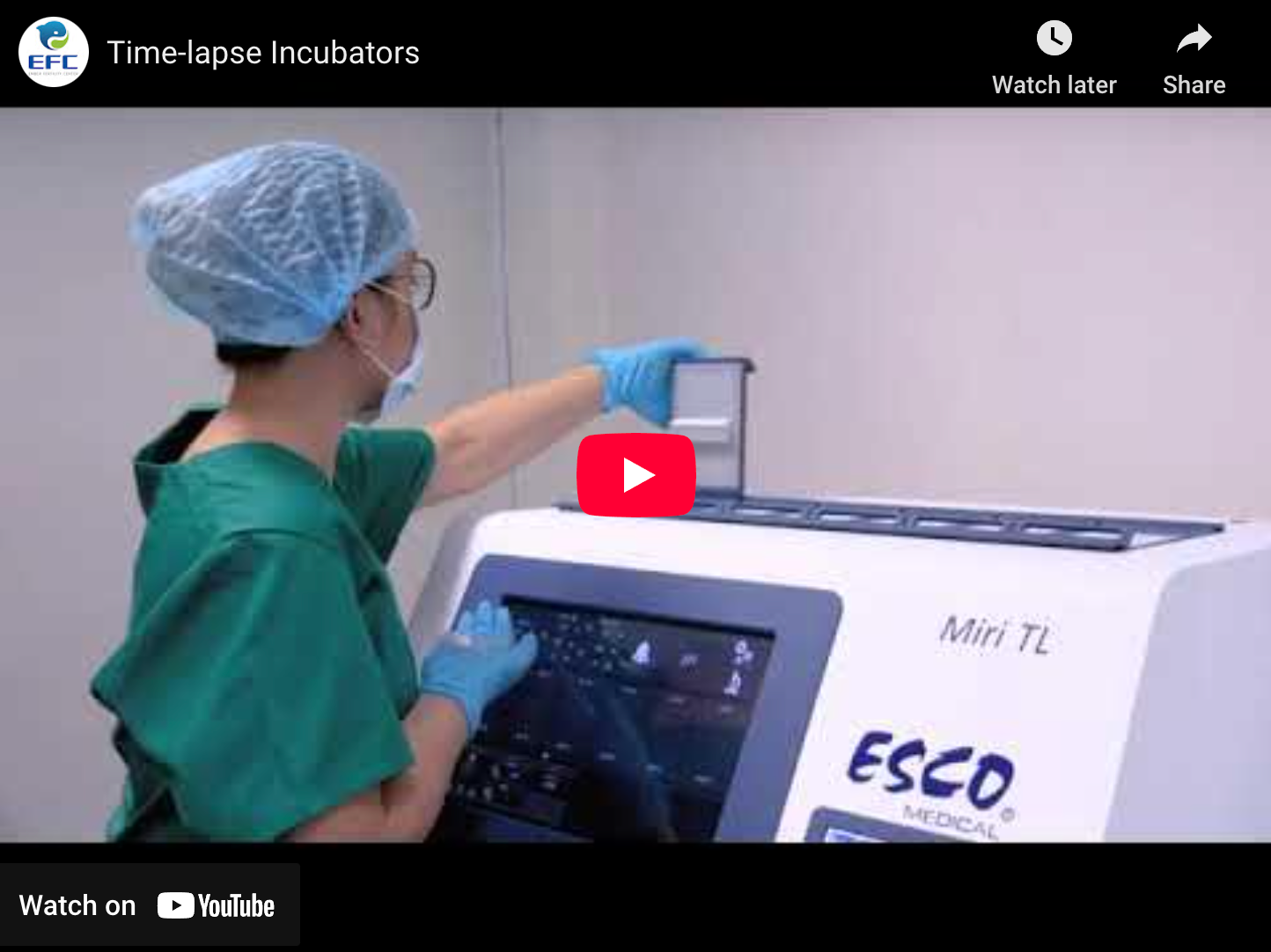Key points about Ember’s time-lapse embryo incubator
- Time-lapse embryo incubators revolutionize embryo monitoring and selection during in vitro fertilization (IVF) treatment.
- It utilizes advanced technology with an integrated camera to capture and compile time-lapse videos of developing embryos.
- This imaging allows for precise assessment of developmental milestones and cell division rates, leading to improved embryo selection and increased pregnancy and IVF success rates.
- Research shows that the use of time-lapse embryo monitoring increases pregnancy rates from 39.9% to 51%.

At Ember, everyone is a VIP – very important patient
And we have a thing for the small things: Each Ember patient gets a dedicated fertility coordinator, a patient’s personal care guide through every clinic detail, from the very first phone call to meeting your little miracle. Schedule your appointment today using our online self-scheduling tool.
Why we use a time-lapse embryo incubator
Time-lapse embryo incubation is an application of time-lapse systems used in IVF where embryos cultured in an incubator are monitored with an advanced camera system. It enables continuous observation without disturbing the embryos’ culture and environment.
Ember views use of this technology as a way of helping the lab emulate how embryos naturally develop in the body, which is in an undisturbed environment.
The camera captures images every 15 seconds over 5-6 days of embryo development, creating thousands of images and enabling time-lapse videos that show developmental milestones in real time. This provides valuable insights for embryo selection.
It also significantly improves success. Studies show that using time-lapse embryo incubator monitoring increases clinical pregnancy rates from 39.9% to 51%. Its use drops early pregnancy loss from 21.3% to 15.3%; live birth rates increase from 31.3% to 44.2%.
During conventional IVF, embryos are typically removed from the incubator for assessment under a microscope at specific time points. This disturbance can disrupt the stable environment required for optimal embryo development. In contrast to conventional embryo monitoring, time-lapse embryo incubation enables embryologists to observe the embryos without disturbing their surroundings.
Another advantage of using time-lapse technology is that each patient has their own chamber, with each chamber providing up to 14 spots for their embryos. Whether a patient has only three embryos or a dozen, all patients will have their own designated “room.”
Conversely, traditional incubators function more like a refrigerator in a shared house: everyone’s embryos all live together. This shared environment creates a higher chance of mix up. Consider a scenario where “embryo A” is taken out for transfer or evaluation, thus disturbing “embryo B.” Just as living with a late-night roommate who chats, talks on the phone, or watches movies at 2 a.m. is unsettling, shared incubators can similarly disrupt embryos’ optimal conditions.

Crucial importance of enhancing embryo development
Embryo evaluation and selection is fundamental in clinical IVF as it optimizes the chances of pregnancy in assisted reproduction technology (ART). After fertilization, an embryo that develops normally will continue to divide, growing to the blastocyst stage by the fifth or sixth day. But only one-third of all embryos can reach this stage. However, with Ember’s time-lapse technology we typically have 50% or more of embryos reaching the blastocyst stage.
With treatments like IVF, a focal point of research and the goal of all embryologists’ efforts is the selection of embryos with the best chances for healthy development in the lab and in the womb. It is important to be aware of when embryo development stages occur, as this can affect probability of successful transfer and pregnancy. Our time-lapse embryo incubator system helps us identify these developmental stages, as well as when embryos don’t behave normally during development.
Improving embryo selection with artificial intelligence (AI)
The time-lapse embryo incubator generates a substantial amount of data – more than 5,000 images per day per embryo. This is very difficult to assess manually. But we can analyze the data much more efficiently and accurately with the help of artificial intelligence (AI) algorithms.
By integrating AI into analysis, our fertility clinic can enhance the accuracy and efficiency of embryo selection. The AI algorithms help doctors better understand and classify the developmental patterns of embryos.
By closely tracking development and quality in this way, embryologists can choose the most viable embryos for transfer or freezing. This novel technology has shown promise in improving IVF success rates by selecting embryos with higher chances of implantation and healthy pregnancy outcomes.
Once we have selected the best embryo, the patients continue on with embryo transfer to the uterus.
Video of our time-lapse incubator chambers

Who can benefit from time-lapse embryo incubator monitoring?
Patients considering IVF or preimplantation genetic testing can benefit from this tool. It is particularly valuable for those with previous IVF or intracytoplasmic sperm injection (ICSI) failures, recurrent miscarriages or those of advanced maternal age.
All IVF patients benefit from our use of the time-lapse embryo incubator. Embryo selection is like a marathon race. Strong embryo contenders can appear at the beginning, but only by observing performance through the crucial five to six days of development and seeing the end result can we know which embryos are the clear winners.
An additional benefit gesture is that we can provide successful parents with a video of their baby’s first moments obtained with time-lapse images.

No detail too small
- Ember offers a high-tech approach to fertility care that sets us apart from other clinics.
- We use next-generation sequencing for comprehensive preimplantation genetic testing.
- We use cutting-edge diagnostic tools to identify any underlying conditions that may impact fertility and inform personalized treatment plans.
- By combining advanced technology with our personalized approach to patient care, we create the best possible outcomes for our patients.
Risks and side effects of time-lapse systems
While time-lapse imaging offers significant advantages, as with any medical procedure, there is a small possibility of technical issues or errors in the analysis of embryo development. The interpretation of time-lapse images and data requires expertise and experience.
In some cases, there may be challenges in accurately assessing embryonic development or predicting viability. This can result in false positives (selecting embryos with lower potential) or false negatives (overlooking embryos with higher potential). Skilled embryologists such as those at Ember work diligently to minimize these risks through careful analysis and consideration of multiple factors.




